Everyone loves a good puzzle, especially when it comes to chess.
Chess puzzles or problems are like food for the brain – they train you to find best moves or sequence of moves, forcing you to think critically in certain complex positions.
These exercises are a great way to improve your chess skills and have fun at the same time.
If you’re preparing for a tournament, it’s usually a great idea to train with puzzles. They create some kind of muscle memory that sometimes comes in handy in games.
On the other hand, if you’re a puzzle collector and big time lover of chess, we’ve got some of the best for you right here.
We’ll share with you five of the best chess puzzles out there, and why we love them. We’d also give our opinions on the rating level of each puzzle as we proceed.
Side note: Take out your chess board. You can actually challenge your chess skills with these puzzles.
Just set up a time, say 5-15 mins and see if you can find the correct move and continuation for all the puzzles.
Let’s begin.
5. The Tourist
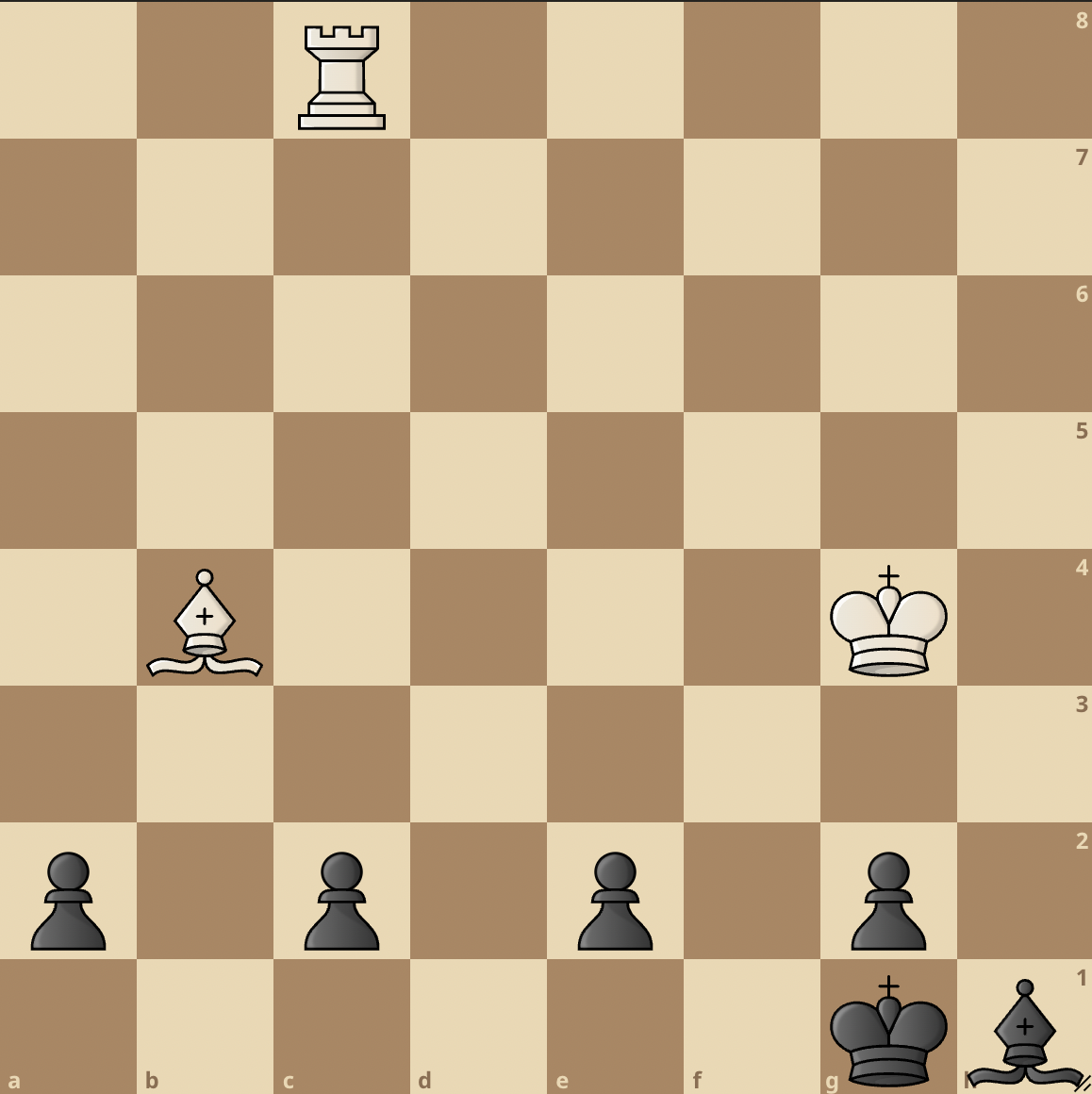
As you can see, Black has four pawns on a2, c2, e2 and g2 that are about to become queens.
White on the other hand can actually force a checkmate?
Can you see it? (a sequence of moves)
If you found it, we salute your thinking skills.
If you couldn’t find it, no worries – it isn’t exactly an easy puzzle as it happens to be mate in 14 moves or less.
The trick to finding the solution to this puzzle is realizing that you can’t stop checking the king until you reach either a checkmate or a zugzwang in your favor.
The best move for white here is:
1.Bc5+!

The plan is simple. White needs to keep checking the Black king along the first rank till it gets to a1 and back to g1 where mate happens with the support of the White king.
Black can’t play 1…Kh2 now as that immediately loses to Rh8#.
1…Kf1 2. Rf8+ Ke1 3. Bb4+ Kd1 4. Rd8+ Kc1 5. Ba3+ Kb1
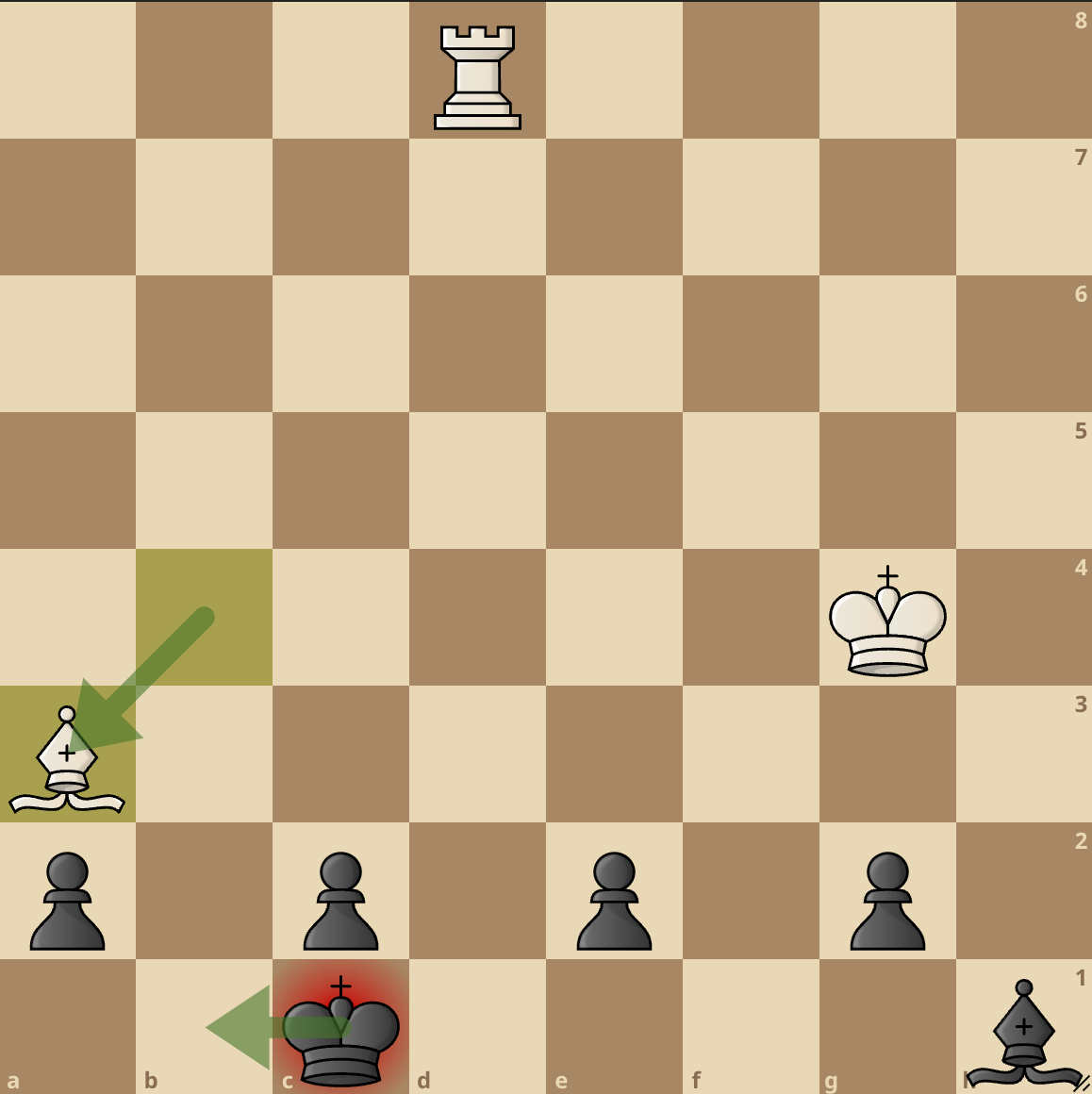
Remember, White’s objective is to use the rook, knight, and king to enclose the Black king in a space where his allies support checkmate.
6. Rb8+ Ka1 7. Bb2+ Kb1 8. Be5+ Kc1 9. Bf4+ Kd1 10. Rd8+ Ke1 11. Bg3+ Kf1 12. Rf8+ Kg1 13. Kh3
We finally have the waiting move that forces the zugzwang. The only option Black has is to promote, but that’ll do no good.
13…e1=Q 14. Bh2#
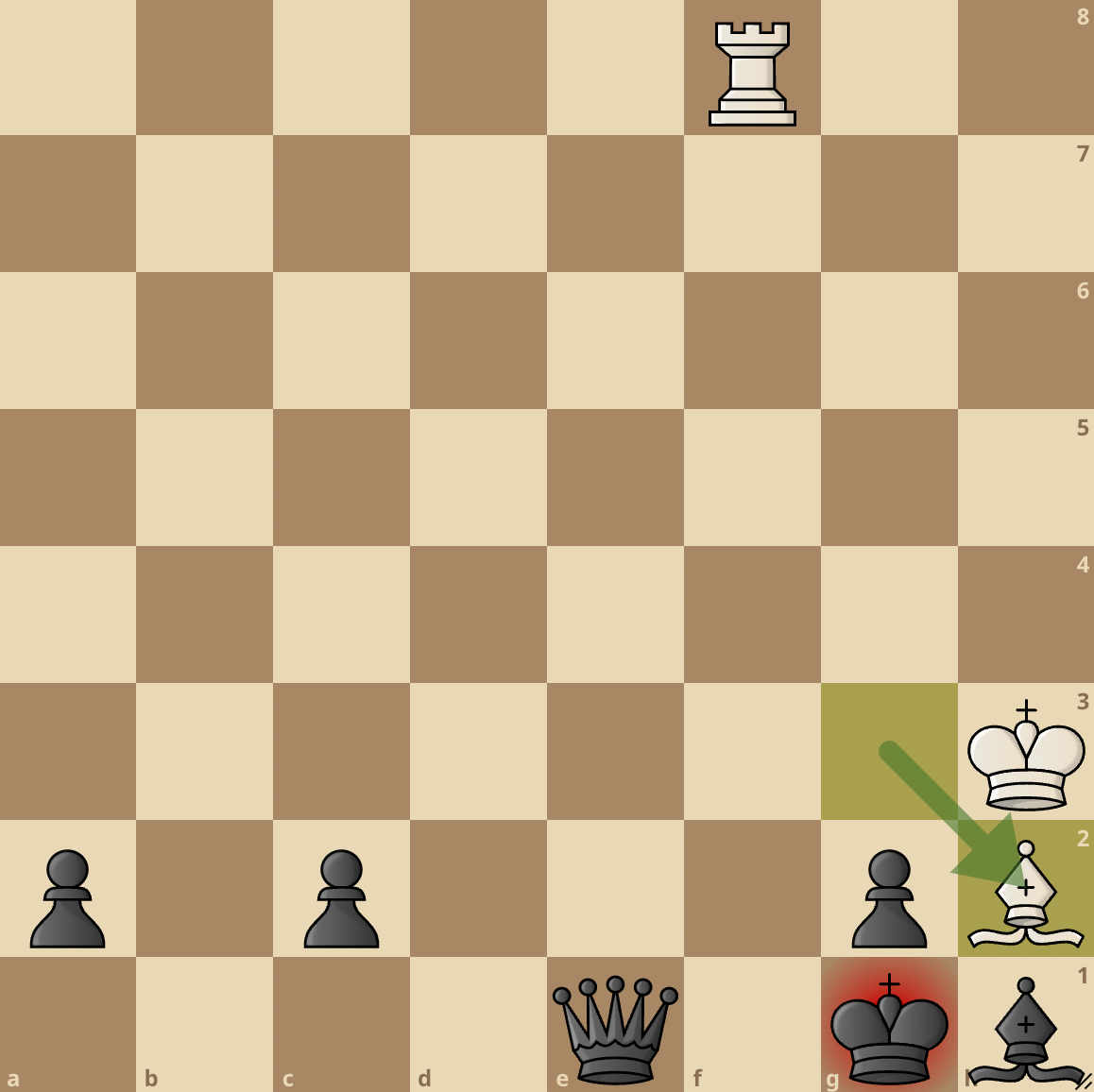
The rook on f8 blocks the flight squares for the king, while the king on h3 protects the bishop delivering the final blow.
4. Your Pieces Are Lava
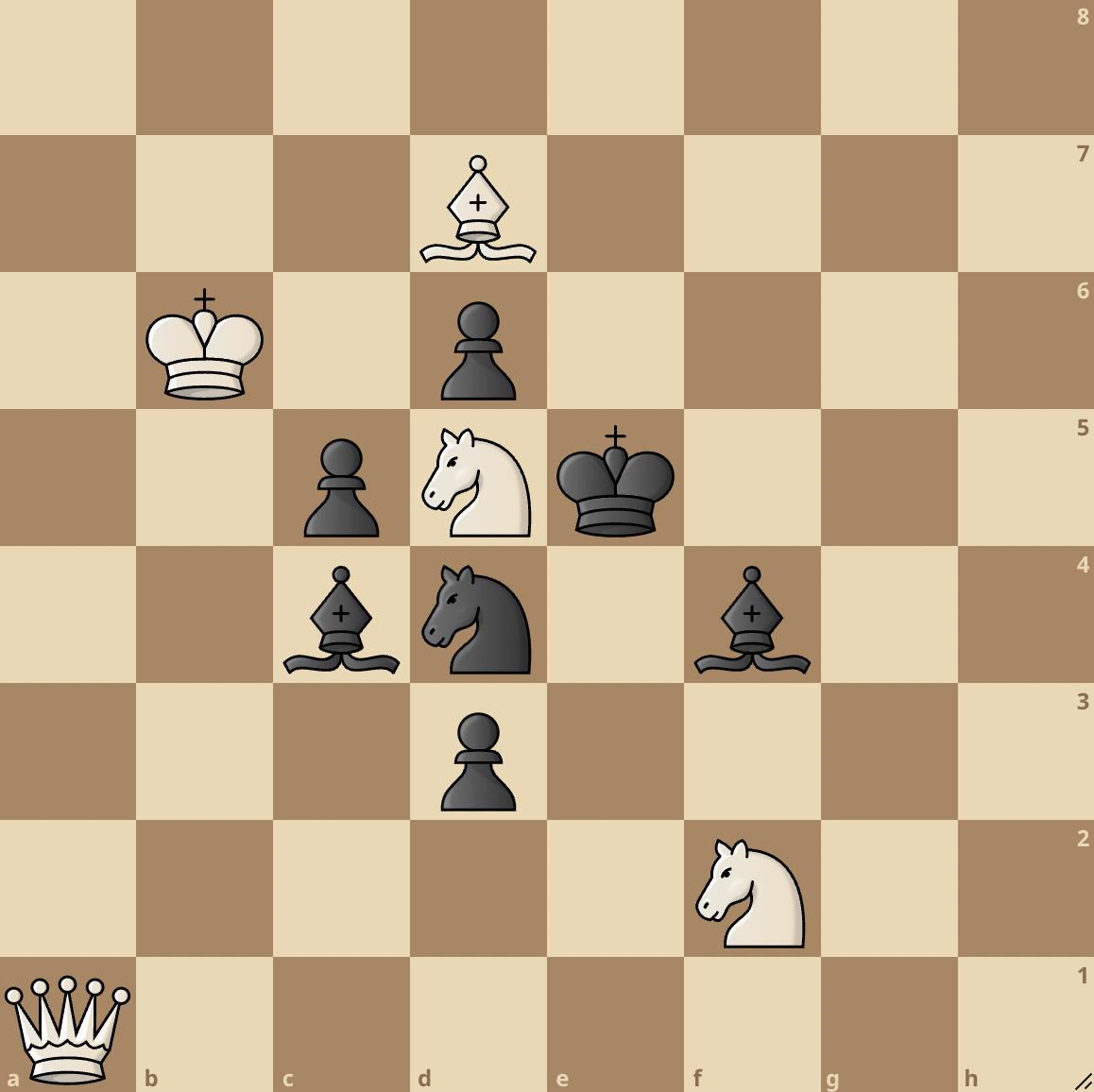
You’re probably wondering why this is one of the best chess puzzles. Well, for a start, it confuses chess engines.
Checkmate should be found in 4 moves with best play, but engines see mate in 10. Of course, you should always go for the shorter continuation. Time might not be on your side!
Can you see the mate in 4?
Engine suggests Ng4+ here to start the mate-in-10 line, but there’s a more technical and faster route here.
Here’s the solution:
1.Qa8. A quiet move that puts black in a zugzwang. Capturing the d5 knight with the bishop is mate in 1 with Qh8#
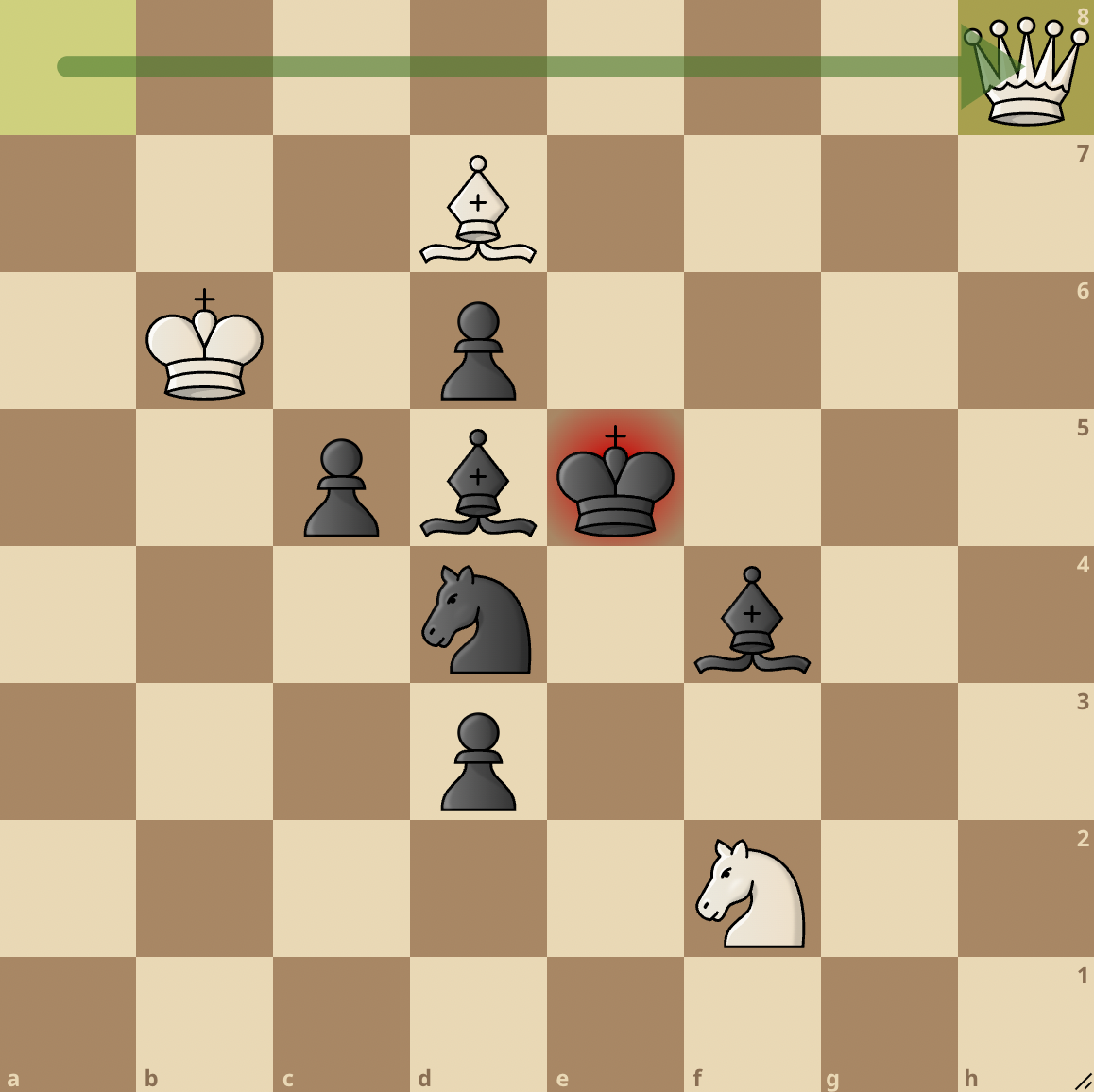
1…Ne6 to create a flight square for the Black king on d4.
2. Qh8+ Ng7 3. Qh1 whatever Black plays will end in checkmate in the next move

3… Bxd5 (3…d2 means 4. Qe4#)
4. Qa1#
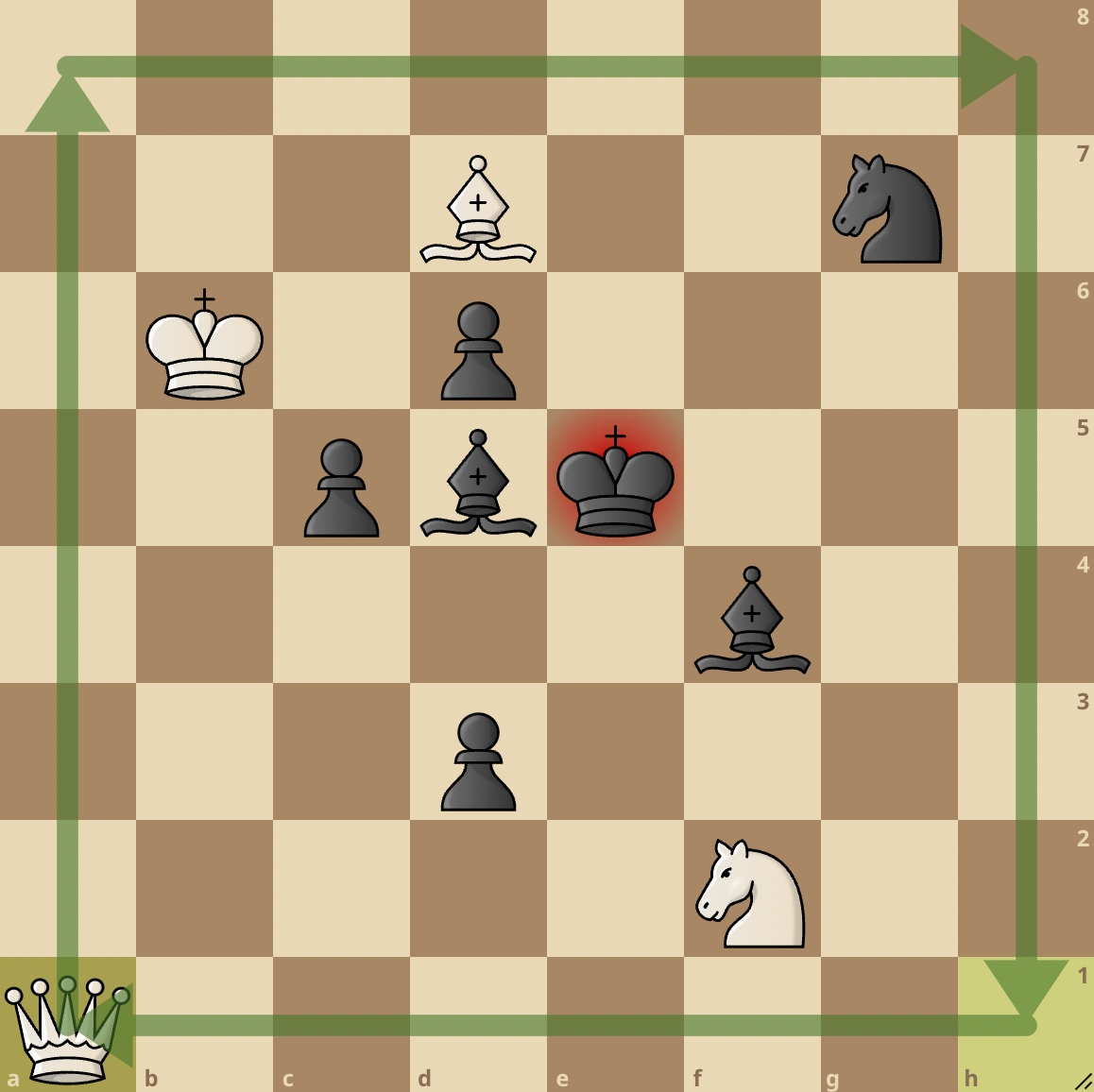
This puzzle is beautiful because White doesn’t capture any of Black’s pieces. The Queen simply performs a triangulation around the edges of the board, and Black self-destructs in a series of zugzwangs.
3. Draw? No, Thanks!
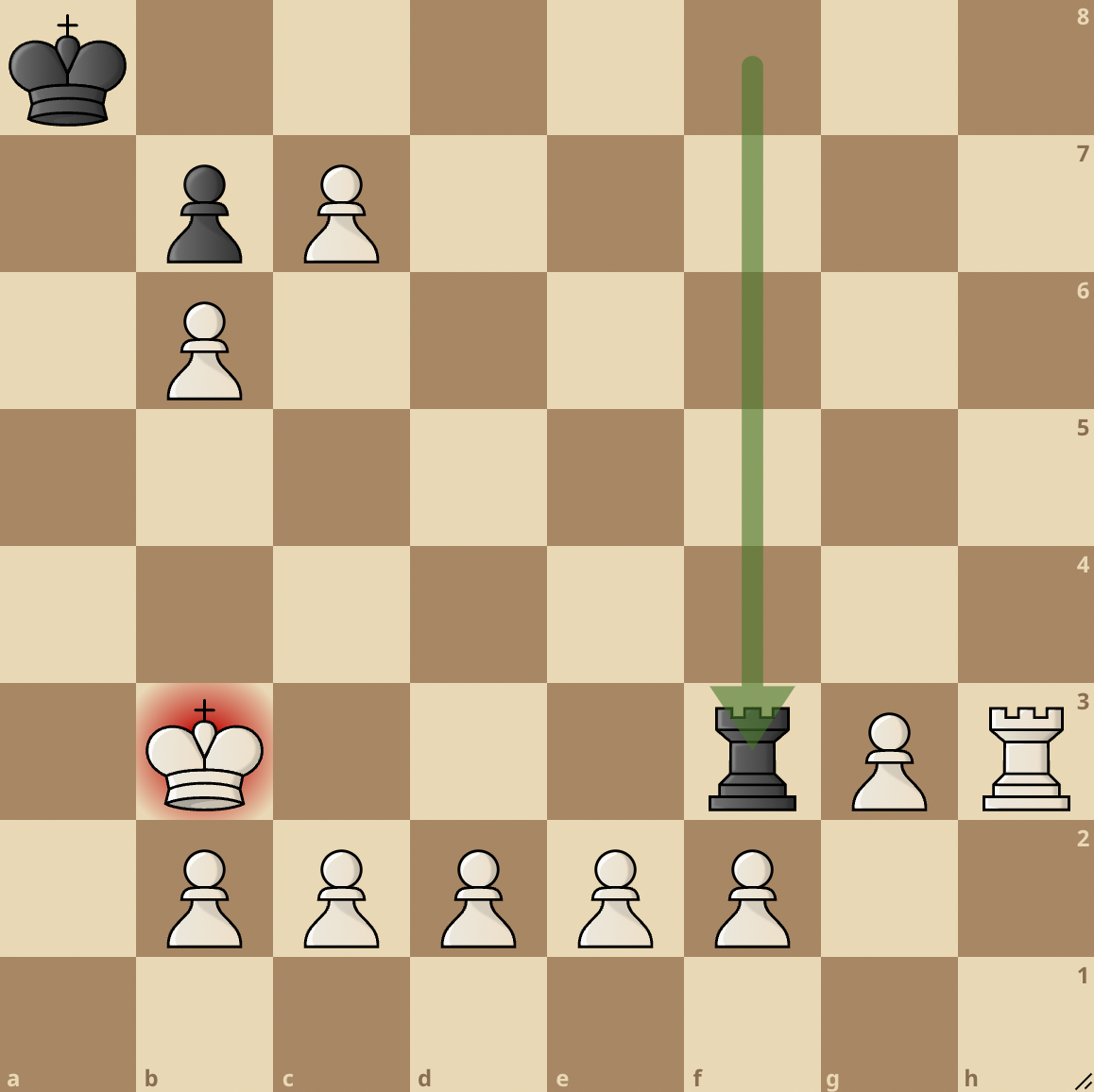
In this puzzle, it looks like Black has forced a draw because there are just three black pieces on the board, and just one (the rook) can make legal moves.
Black is trying to leverage that by sacrificing his rook and forcing a stalemate.
Here, White is on check but can’t take the Black rook if a win is needed.
With correct play, there is a forced mate in 18 for white.
Pick up your board and find the best move for White. The first move is absolutely crucial here, if not, DRAW.
Do you see it?
Here’s the solution:
1.e3 Rxe3+ 2. c3 Rxc3+
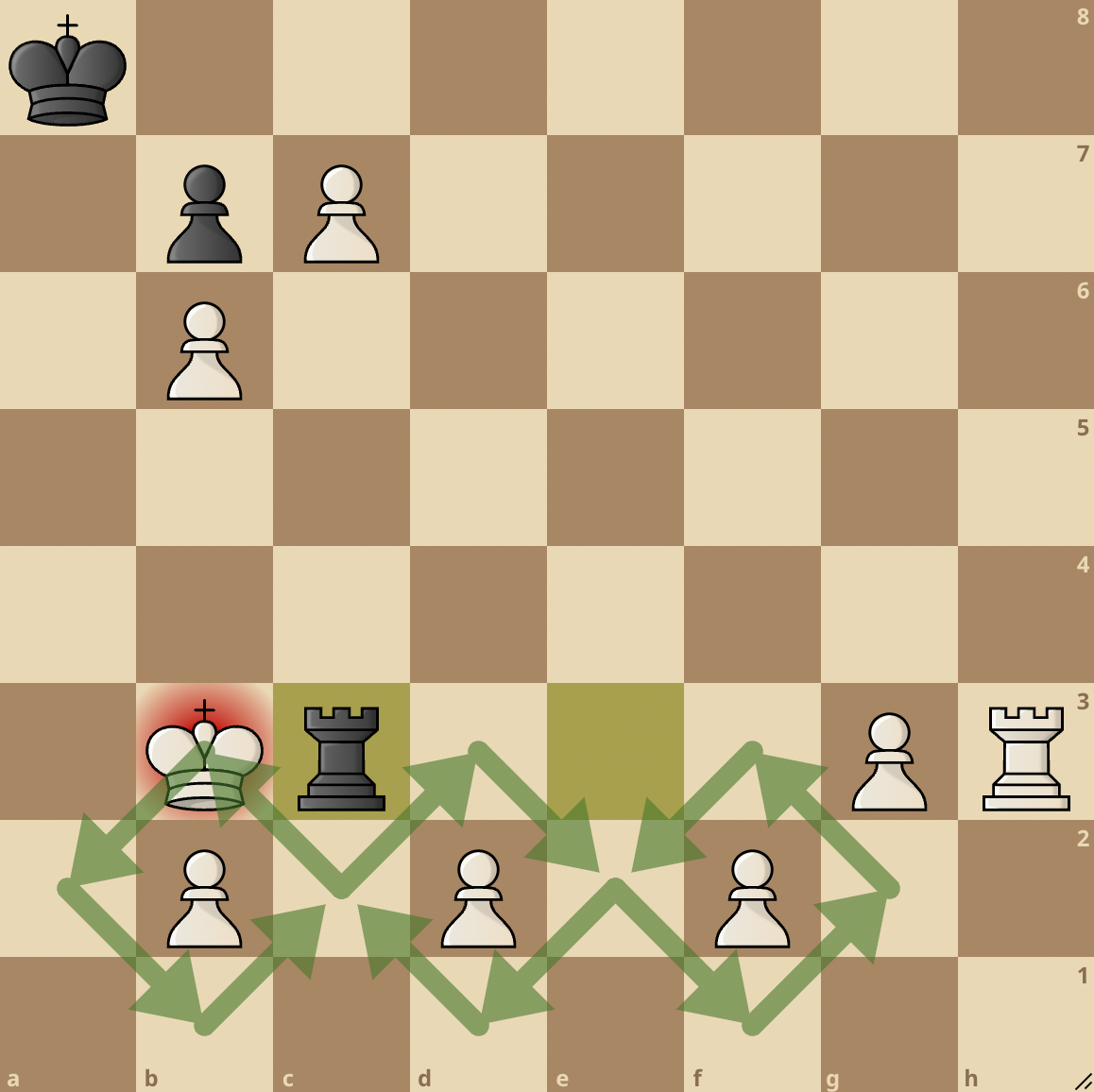
These chosen pawn moves create a kind of zigzag path for the king to follow as the checks come in.
From this point, the White king does a zigzag dance across the first to third ranks, and the primary motive is to trick the suicidal rook into capturing the g pawn.
This capture frees the third rank for White’s rook to operate.
After the g3 pawn capture, the zigzag dance continues back to the a-file where black’s rook can no longer hit a check without causing checkmate with 17. Rxa3#.
The other option for black is to capture the rook. But of course, the c-pawn queens, and it’s checkmate.
Here is the full solution in pgn format:
1.e3 Rxe3+ 2. c3 Rxc3+ 3. Ka2 Ra3+ 4. Kb1 Ra1+ 5. Kc2 Rc1+ 6. Kd3 Rc3+ 7. Ke2 Re3+ 8. Kf1 Re1+ 9. Kg2 Rg1+ 10. Kf3 Rxg3+ 11. Ke2 Re3+ 12. Kd1 Re1+ 13. Kc2 Rc1+ 14. Kb3 Rc3+ 15. Ka2 Rxh3 16. c8=Q#
2. Control Your Greed!
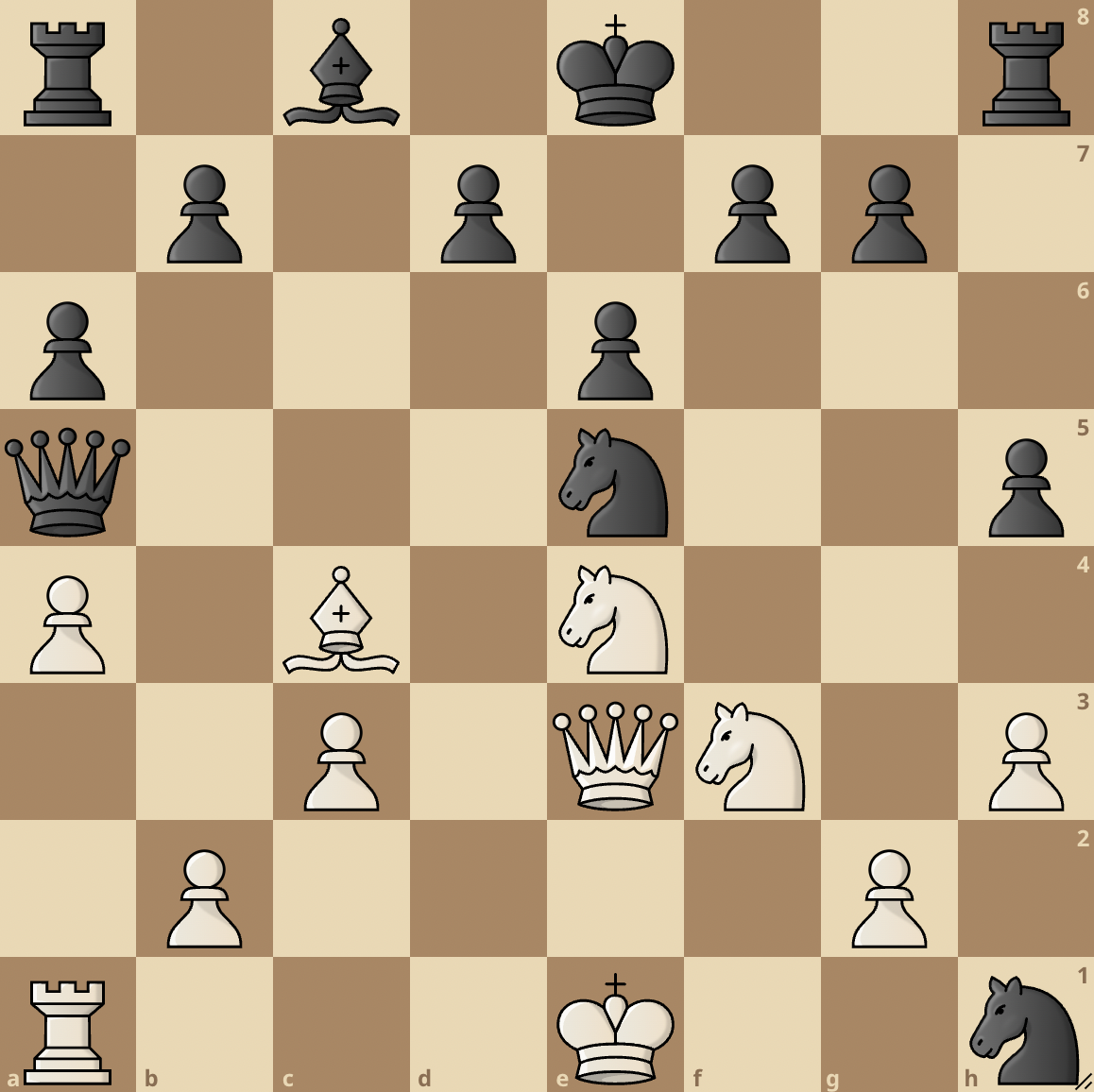
This position looks relatively easy, but the continuation tells you that it’s one of the best chess puzzles you can find out there.
Chess dot com engine rates it at 3943, one of the best chess puzzles on the platform.
To solve this puzzle, one must recognize the significance of waiting moves and must control the urge to grab pieces en prise.
Can you find the first 3 to 4 moves?
The first move is quite easy. The challenge starts from the second.
Here’s the solution:
1.Nd6+ is a relatively easy-to-find move. White wants to capture the Black knight on e5.
1…Ke7 2. Nxe5 Kxd6
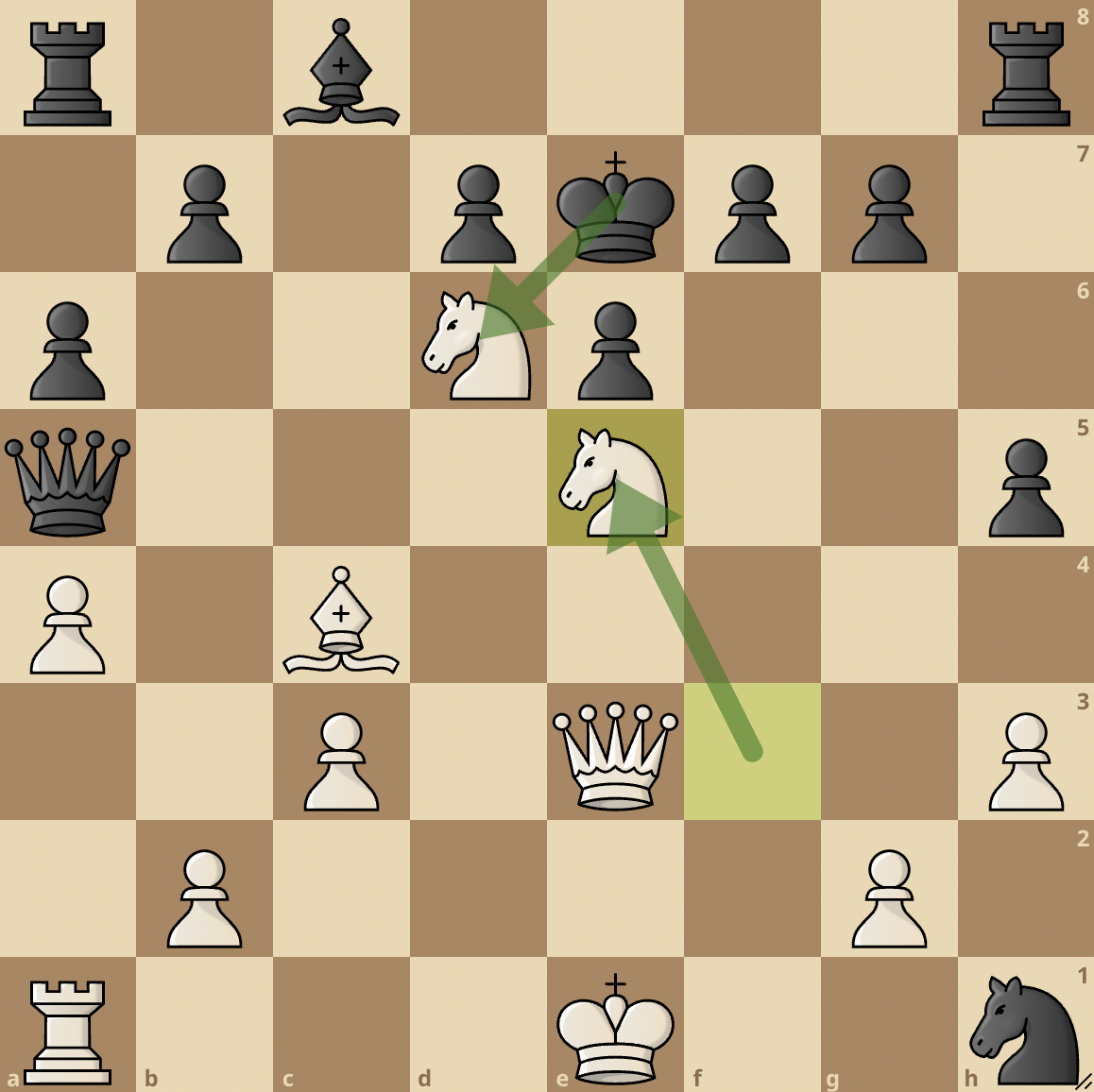
You can be tempted to play 2. Qxe5+ Qxe5 3. Nxe5 Kxd6 4. Nxf7+ forking both king and rook. However Black has 4…Kc5! hitting back the light-squared bishop and White is down on material.
After 2…Kxd6, surely we can now capture on f7, right? WRONG. Capturing on f7 relinquishes your advantage and allows Black to get into the game comfortably.
Instead, White keeps up the initiative with…
3. b4!! Qc7
The queen can’t capture the knight on e5 because White can immediately carry out long castling and the Black king is forced to surrender the queen.
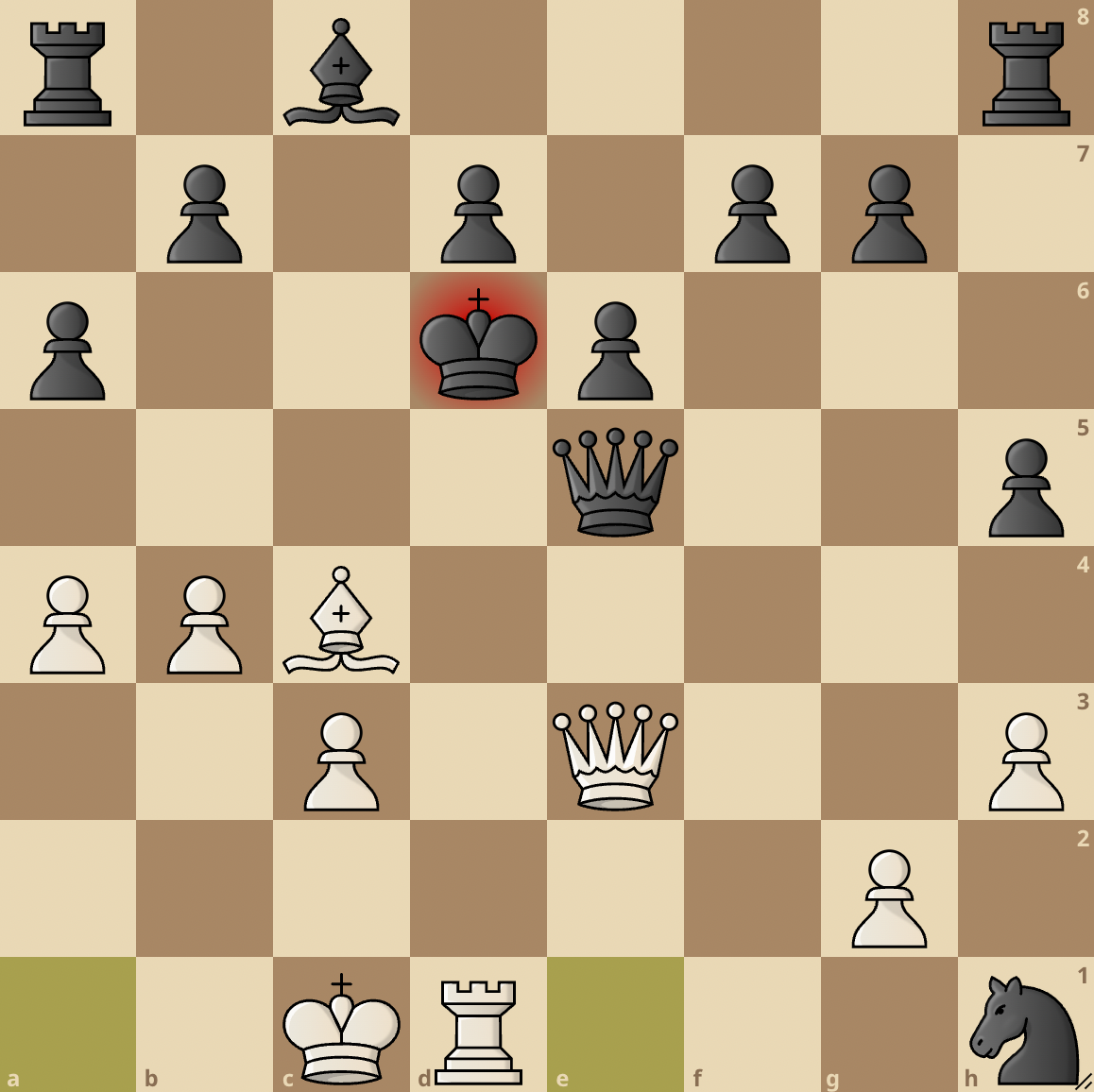
4. O-O-O! winning the queen
4. Qf4!
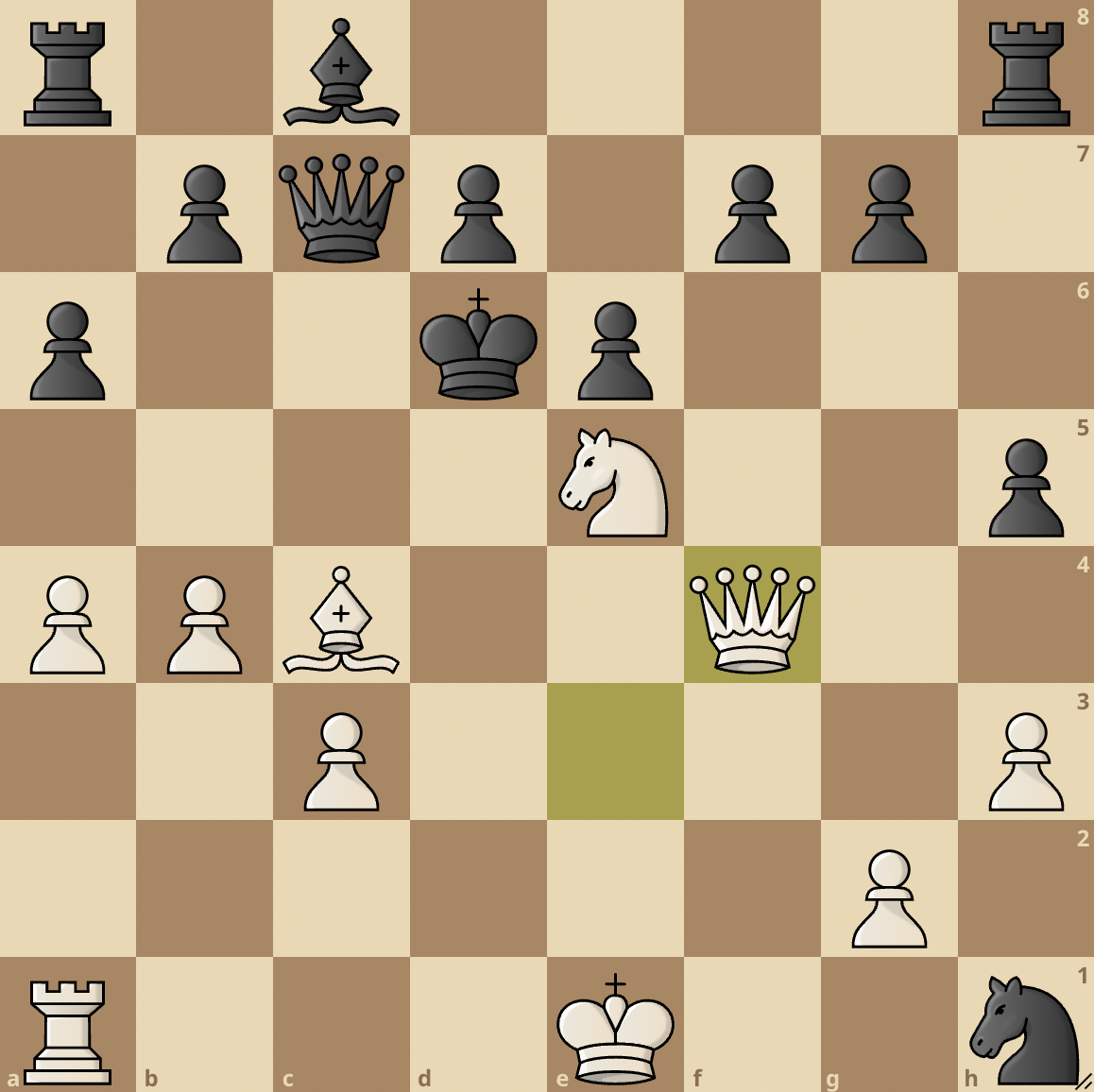
White still doesn’t capture the f7 pawn with the knight but instead chooses to keep up the attack against the Black king. Funnily enough, these are the only set of moves that ensures Black doesn’t get any form of counterplay during the game.
4…Ke7 (White threatened 5. O-O-O+)
5. Qxf7+ Kd8 6. Qxg7 (attacking the rook now and supporting the knight on e5) 6…Qb6
7. O-O-O!!
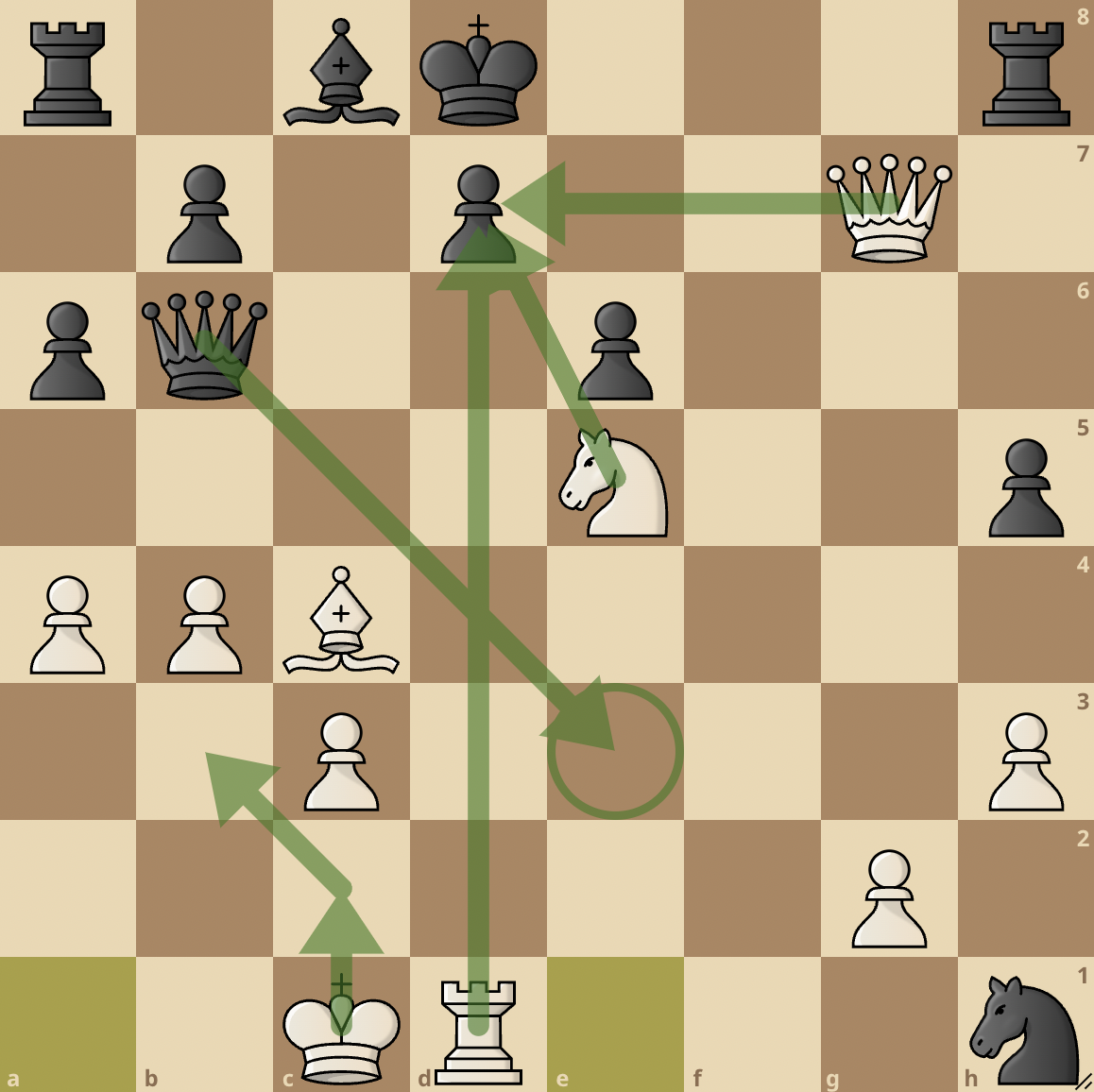
White again ignores the rook and chooses to castle long. The reasons are simple.
Black last move 6…Qb6 was the queen’s last hope of gaining some sort of counterplay on the e3 and f2 square with the support of the Black knight on h1.
White effectively kills that dream by castling and making new threats!
White rook takes pawn on d7 is now threatened with forceful checkmate, the Black rook on h8 still hangs and White still maintains the initiative. Talk about a killer position.
7…Kc7 (Black king is looking forward to an escape square on b8)
8. Rd4! The last move in this puzzle seals White’s advantage.
Now that the Black king can move to a fairly safe square, the Black queen will love to try to whip up any form of activity on e3 but White stops that with Rd4!
Chess engines declare White’s position at +7.2 – that’s like being 7 pawns up! Wrapping this game up is only a matter of technique.
This puzzle teaches the art of making waiting moves in chess and keeping the initiative.
1. Otto Blathy Puzzle (1929)
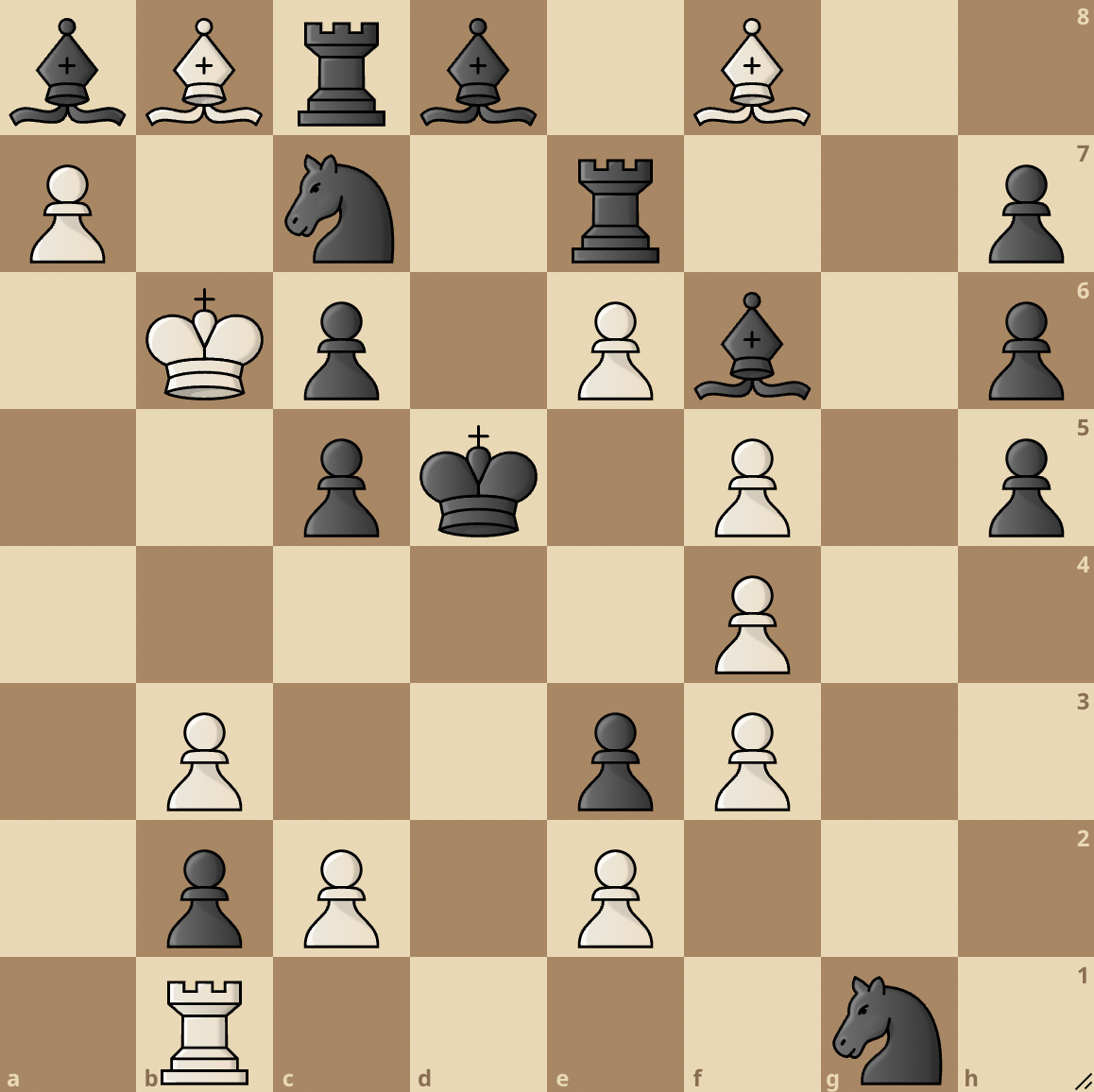
We’re down to our #1 puzzle.
This puzzle was composed by the great chess composer Otto Blathy, a Hungarian electrical engineer. He specialized in grotesque chess problems.
He composed the puzzle above in 1929 but could not find the solution himself. Cyril Banderier found the solution to this puzzle in 1992. He spent more than 63 years working on the solution.
If you can find the 290-move line in minutes, or even hours then you might have one of the highest IQ in history.
Here’s the solution below. Click the moves for an interactive experience.
In summary, the white king does the father of all triangulations you’d ever see. And for black not to lose a terrible bishop, it must move a pawn to save the bishop.
White slowly triangulates and eliminates the tempo-neutralizing pawns until the repetitive sequence is broken and mate becomes inevitable.
Let us know in the comments section if you enjoyed reading this. Feel free to share to friends and family so that they can also feast their eyes on these crazy chess puzzles.
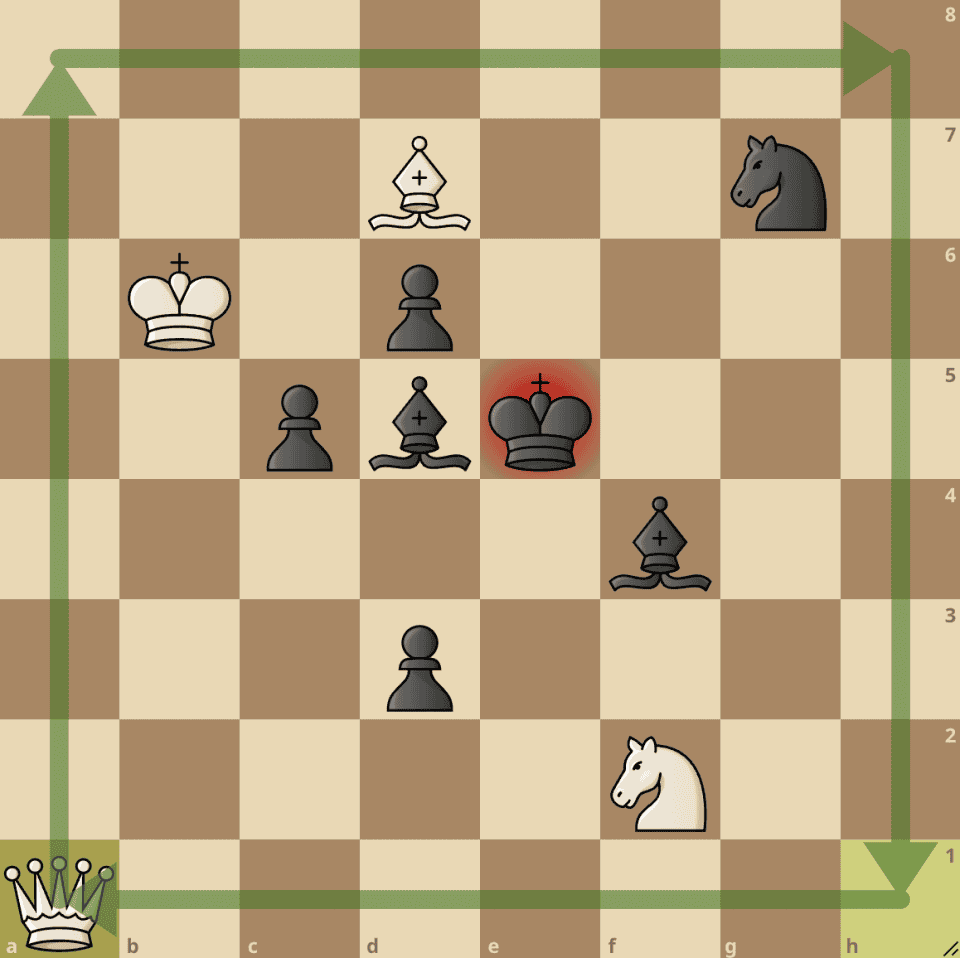

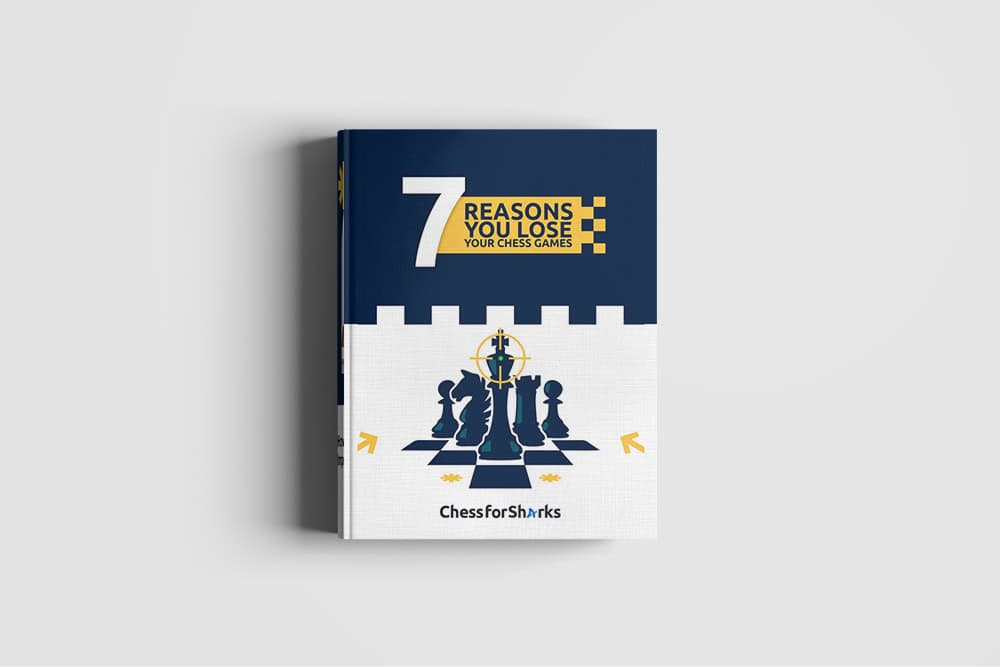


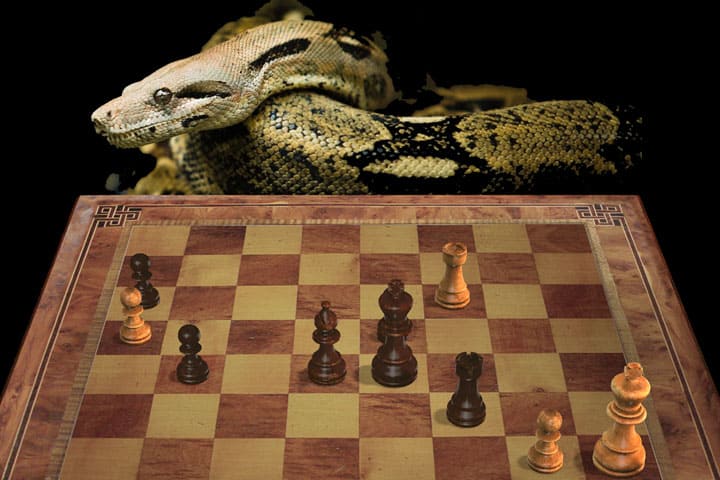
join the conversation